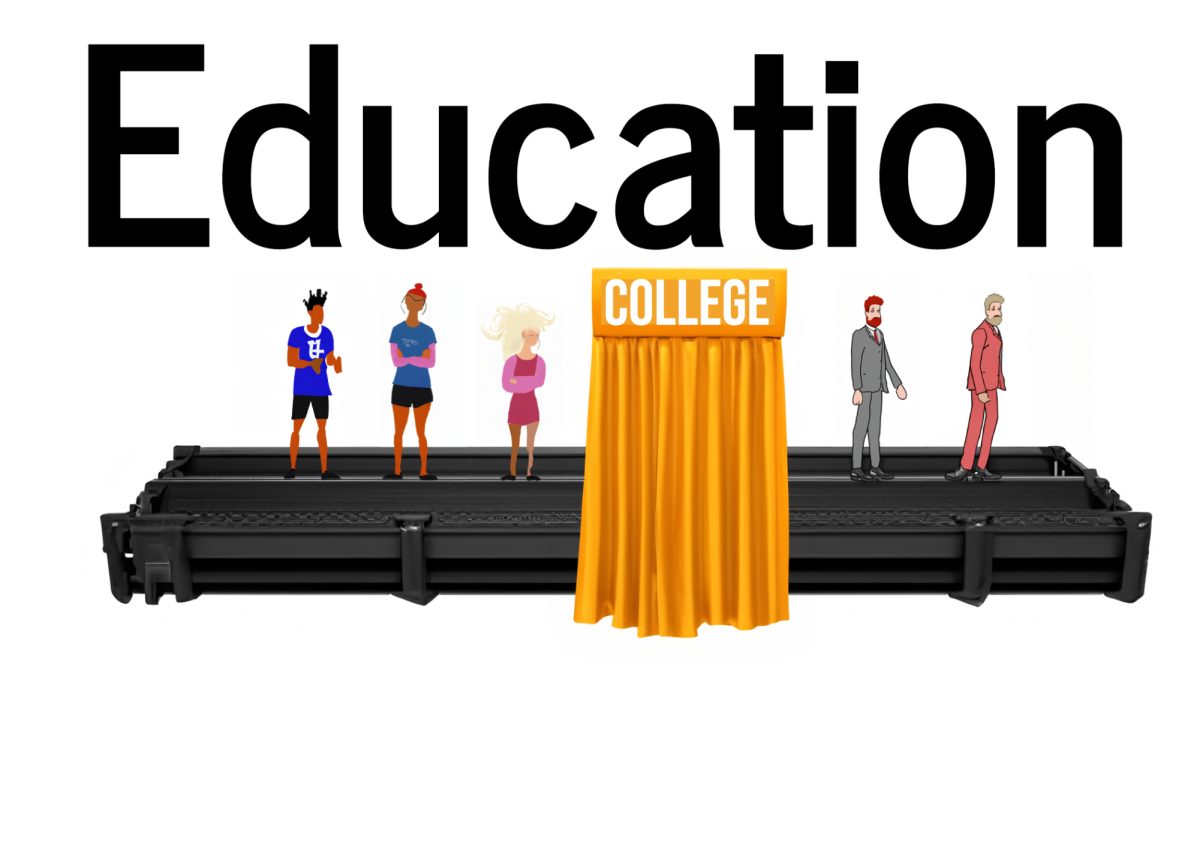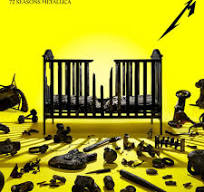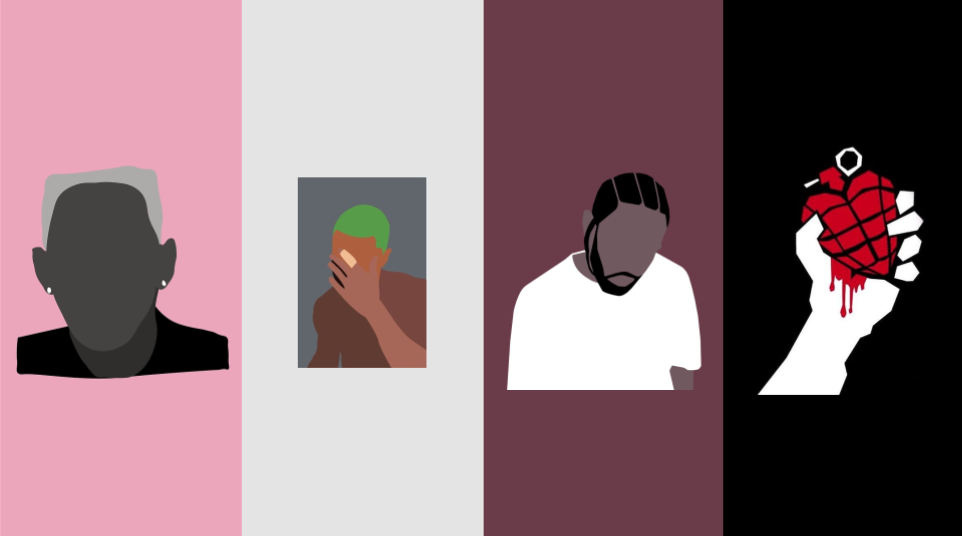By Alex Pearl ’10
THE ROUNDUP
“Garfield,” “Family Circus” and “Grin and Bear It” had better watch their syndicated backsides – there’s a new source of entertainment in town.
It’s free, it’s uncensored and it’s motivated. It’s the Web comic.
“Web comic” is a term that refers to a traditional comic or multiple comics found on a certain Web site, with content being digitally updated over a given period of time.
Why are Web comics so much more appealing than regular comics? A major difference is that since it’s on the Interwebs, most Web comic artists don’t charge the subscription fees that newspapers require.
What’s more, the content and language of Web comics don’t suffer from the restrictions that syndicated comics do, and the artists consider the comic a hobby rather than a job – a philosophy that can release the artists from the pressure of having to meet deadlines for the sake of a salary.
Of course, one might inquire as to how the artists make a living. Many Web comic sites are completely free to access as long as the reader is hooked up to the Internet. Most artists realize this and either only publish their comics as a part-time hobby or attempt to peddle merchandise in online stores.
A quote from Aaron Diaz, author of the Web comic “Dresden Codak”, exemplified this in an announcement that he was becoming a full-time Web comic artist:“This means that you guys (the readers) are now my sole source of income. If folks keep buying my shirts and prints, I’ll be able to put up a comic every week! If not, then I will literally die!” Although “die” may be an exaggeration, Diaz’s remark illustrates well that it is difficult to simultaneously provide quality artwork for one’s readers and food for oneself.
Diaz is not the only professional Web comic artist; others, including Jerry Holkins and Mike Krahulik of “Penny Arcade” and Jeffrey Rowland of “Overcompensating,” have decided to make a living from their art and have done fairly well for themselves. These two comics are possibly the best examples on the Internet of the classic Web comic.
The writer-artist duo of Holkins and Krahulik, for example, have worked for 11 years on their gamer-centric comic and accrued a large amount of renown, using their celebrity status to establish and fuel both a yearly video game expo (Penny Arcade Expo, or PAX) and a children’s charity (Child’s Play).
Holkins and Krahulik have established two trends over the course of their careers, the first being to center the content of a comic around video games and the second being a team of both writer and artist.
While most writer-artist collaborations normally end up being failures condemned to anonymity, the attraction to this method is probably a combination of the lure of the success of “Penny Arcade” and the convenience of having to share the load of the artistry and authorship of a Web comic.
With the exception of the “Penny Arcade” artists, this method is generally frowned upon.
Jeffrey Rowland earned his place -as a Web comic paragon both as the artist of two successful comics – “Wigu” and “Overcompensating” – and also as the manager of Topatoco, a Web comic store conglomerate where multiple artists and their wares are featured.
At the bottom of the Web site’s home page under a bit of copyright information is nestled Rowland’s statement: “Your patronage helps keep Web comics independent.”
Rowland’s normally snarky remarks about Web comic artists being able to afford food and shelter are personified by this, and it gives Rowland the persona of the head nun of a poorhouse – providing shelter and support for the downtrodden but undoubtedly promising.
But what of the content of Web comics? If there are enough of them to need to be sheltered by Rowling, then they must have something to offer that the layman can’t get out of a newspaper comic or a graphic novel.
One of these qualities is pure off-the-wall humor. Although insanity can be found in the odd comic book, (Johnny the Homicidal Maniac and any other comic written by Jhonen Vasquez is an excellent example), it is rampant as a comedic device in Web comics.
The entire premise of certain comics can be based on non-sequiturs, such as “White Ninja Comics” by Scott Bevan and Kent Earle or “Chainsawsuit” by Kris Straub. Others simply try to be over-the-top awesome, such as “The Adventures of Dr. Mcninja,” by Chris Hastings and Kent Archer, which tells the tale of a ninja who is also a doctor who has a gorilla receptionist and a raptor-riding bandito sidekick.
As if that weren’t enough, there’s “Sam and Fuzzy”, the tale of a man and a talking teddy bear that follows him by Sam Logan, and an industrial-sorcery comic called “Gunnerkrigg Court” by Tom Siddell.
For enjoyers of romance, there’s “Anders Loves Maria” by Rene Engström. Anyone who likes works by Studio Ghibli and Hayao Miyazaki will enjoy “Minus” by Ryan Armand and “Rice Boy” by Evan Dahm. Fans of eccentricity will enjoy the silliness of “Gastrophobia” by David McGuire and the zany sci-fi strip “Starslip,” also by Kris Straub.
And, of course, for those who enjoy horror, there’s “Paradigm Shift”, a Web comic manga about werewolves and policemen by Dirk Tiede and “Lovecraft is Missing” by Larry Latham.
Web comics find their appeal not only because they’re free but because there’s something for everyone. Heck, there are even sports comics. As with everything else on the Internet, there’s a staggering amount of genres waiting to be accessed free of charge.
So, it is recommended to pick a Web comic – even one mentioned in this article. Follow it and check it when it updates.
After you’re comfortable, pick another interesting comic – from this article or from an advertisement on your comic’s site (artists typically advertise for other artists). Continue this process and you’ll be a connoisseur in no time at all, and you’re guaranteed to be satisfied.
To get started in the Web comic community, visit topatoco.com to peruse different artists and their sites.





















